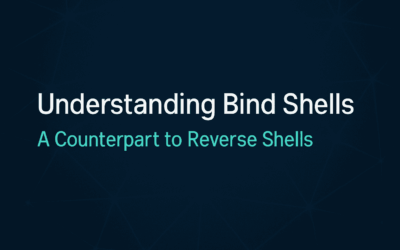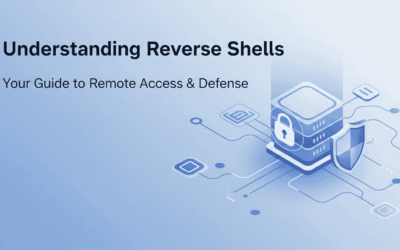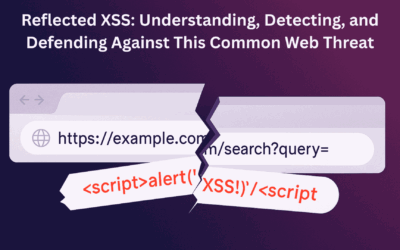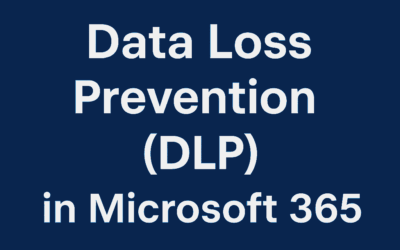Introduction Imagine knowing almost everything about your target – their digital footprint, the technologies they use, even potential weak points – all before they even know you're looking. This isn't science fiction; it's the power of passive information gathering, a...
Sandbox99 Chronicles
From My Sandbox to Yours — Practical IT Insights.
Understanding Bind Shells: A Counterpart to Reverse Shells
Introduction The fundamental purpose remains the same: gaining a shell. This means achieving remote command execution on a target system, giving us the ability to interact with it as if we were sitting right in front of it. Just to quickly recap, a Reverse Shell is...
Understanding Reverse Shells: Your Guide to Remote Access & Defense
Beyond Netcat Basics Welcome back! In our last post, we explored the fundamentals of Netcat for basic network communication. Today, we're taking it a step further to understand a powerful, yet often misunderstood, concept: the Reverse Shell. For IT professionals,...
Reflected XSS: Understanding, Detecting, and Defending Against This Common Web Threat
Understanding Reflected Cross-Site Scripting (XSS) Reflected XSS is a common web security vulnerability that occurs when a web application takes user-supplied input and immediately returns it in an unvalidated or unfiltered form, leading to the execution of malicious...
Data Loss Prevention: Deep Dive Analysis
Introduction In an age where data breaches are increasingly common and regulatory compliance is more stringent than ever, organizations must adopt proactive strategies to safeguard sensitive information. Data Loss Prevention (DLP) has emerged as a vital component of...





